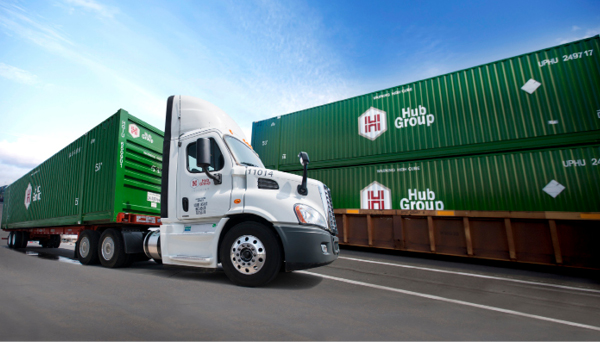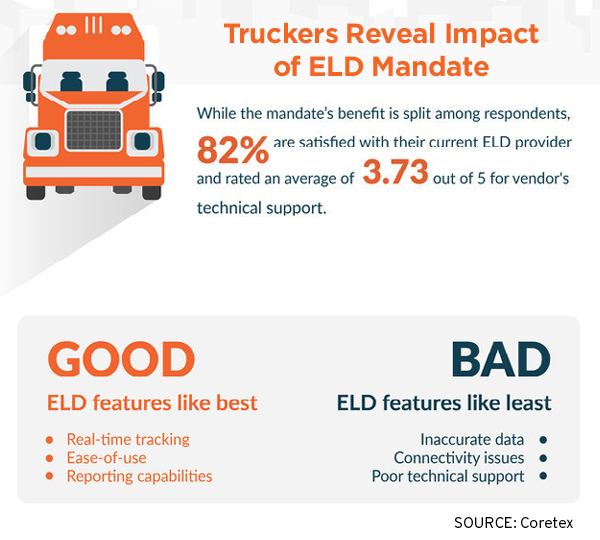Articles
Trucking

Securing Capacity While Pivoting for Peak Season – Hub Group
A home goods retailer turned to Hub Group to secure capacity in the face of a hectic peak season.
Read More
2018 Top 100 Truckers
Inbound Logistics’ annual Top 100 Truckers directory provides an in-depth index of carriers that match shippers’ diverse and demanding needs. MORE TO THE STORY: Use the Trucking Decision Support Tool IL editors selected this year’s list from a pool of 300-plus trucking companies, evaluating surveys, conducting online research, and talking with shippers and truckers alike. […]
Read More
2018 Trucking Perspectives
Insights collected through Inbound Logistics’ exclusive annual survey of shippers and truckers find the industry’s most significant trends and challenges.
Read MoreBridging the Gap Between Women and Funding
Thirty women have become small business owners in the trucking industry thanks to the efforts of Expediter Services (ES), in conjunction with the Women in Trucking Association. To bring more women into the transportation industry, ES set a goal of supporting 150 total women-owned small businesses through the 150 Business Challenge within 12 months. Through […]
Read More
What’s Driving Truck Regulation?
The trucking industry presents a rich example of the intersection between the public’s demand for safety and consumers’ demand for low-priced goods delivered when they want them. The essence of the trucking intersection is the presence of very large vehicles mixed among the very small vehicles motorists drive. Even the dumbest motorist knows that when […]
Read More
Fleet Operators Get No ELD Satisfaction
Slightly fewer than half of fleet operators responding to a Coretex Electronic Logging Device (ELD) satisfaction survey say the mandate is good for the transportation industry. Coretex surveyed 303 U.S. trucking companies of various sizes. More than two-thirds (69 percent) of responding companies say ELDs do not improve driver satisfaction, and 33 percent indicate it […]
Read More
Securing Capacity for Freight Moving In and Out of Mexico – Landstar
Shipping freight across the U.S.-Mexico border is a complex operation and requires a trusted, reliable logistics provider. With 80 percent of Mexico’s exports currently coming to the U.S., and with so many companies having their own Mexican entities for building or supplying components, the overall supply chain between the U.S. and Mexico has become very […]
Read More
How an End-to-End Strategy Can Help You Overcome The Capacity Crunch – Unyson
The 2018 capacity crunch has created what many consider one of the most challenging markets we’ve ever seen. Today’s shrinking driver pool faces an upcoming wave of retirements and disinterested millennials, resulting in constrained truck availability. The ELD mandate has also impacted capacity, with restrictions on the amount of hours driven in a day leading […]
Read More
5 Ways to Mitigate High Freight Rates
Consistent economic growth in industries dependent on logistics has increased freight demand, creating more loads than available trucks. Spot market rates are up 25 to 35 percent over 2017, and analysts expect tight capacity and higher costs to continue into 2019. The main factors impacting the current freight market during this historic time include: Driver […]
Read MorePreparing for the Rough Road Ahead: Taking a Long-Term Look at How the Driver Shortage Is Affecting LTL
According to the American Trucking Associations (ATA), the industry expected a driver shortage of more than 50,000 at the end of 2017. Unfortunately, it’s projected to only get worse. By the ATA’s projections, the shortage could extend to more than 174,000 drivers by 2026. Here are some of the leading factors affecting the shortage and […]
Read More